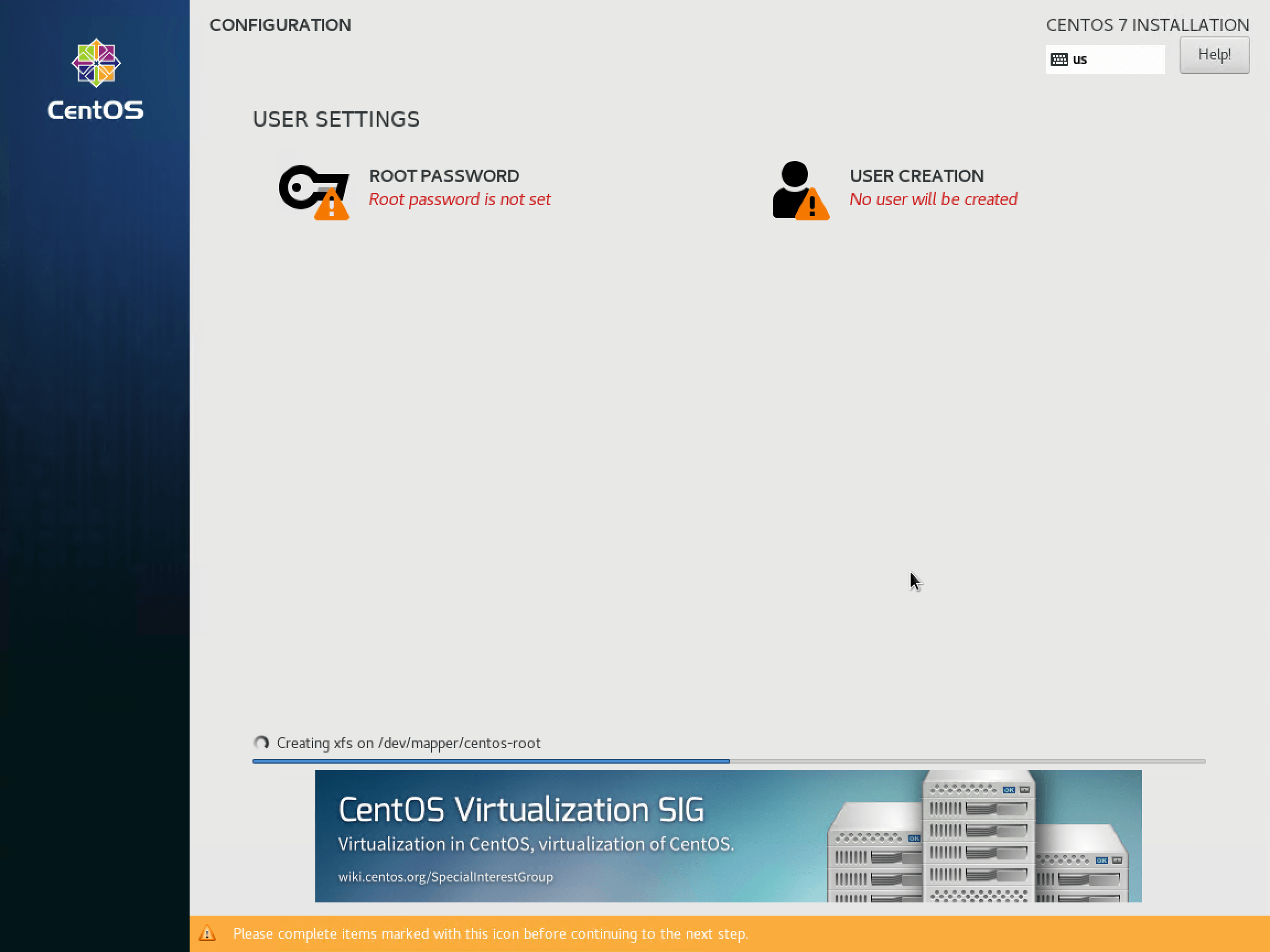

You can also use the sha256sum.txt.asc file located in any CentOS directory with ISO or Cloud images. DVD and NetInstall images (including checksums) are available on mirrorsDVD and NetInstall x86_64 images are available on mirrors ( checksums).DVD, Minimal, Everything, LiveGNOME, LiveKDE and NetInstall x86_64 images are available on mirrors ( checksums).Sha256sum information via an https source is provided in the Release Email or Release Notes link above. Various bittorrent clients are available, including (in no particular order of preference): utorrent, vuze (Azureus), BitTorrent, Deluge, ctorrent, ktorrent, rtorrent and transmission.
Centos Boot Vs Dvd Download The Files
7 and from 7 to 10 years )For more information about the support life cycle of CentOS Linux, take a look at Red Hat's Errata Support Policy page.Basically, if source is released publicly upstream, the CentOS Project will build and release updates for as long as possible. You can also download the files from a nearby mirror.Official Base Containers, Application ContainersCentOS Atomic Host is a lean operating system designed to run Docker containers, built from standard CentOS 7 RPMs, and tracking the component versions included in Red Hat Enterprise Linux Atomic Host.Please see this for more info concerning Atomic on CentOS.All CentOS Linux release notes can be found here on the wiki.You can get all the original Red Hat release notes for all versions at Red Hat's Documentation page.A comparison of the abilities and limitations of CentOS Linux can be found here on the wiki.In general every release receives bugfixes, feature enhancements and new hardware support until 4 years after general availability, and security fixes until 7 years after general availability (beginning with CentOS Linux 5, this period has been extended from 4 to approx. More information is available HERE.
Although we understand that some of our users are excited about a new upcoming release, we ask you to be patient or help out in the release process.The CentOS project does not offer any of the various approaches to extended life for an earlier point release which its upstream occasionally does for its subscribing clientèle. Please see The CentOS Rebuild and Release Process for further details. This time is needed to rebuild, validate, test (QA), translate and integrate new artwork. It is recommended that you plan to upgrade before this point whenever possible.New major and minor releases are available about 2 to 6 weeks after upstream (Red Hat) publishes the SRPMs (source packages) of their product. In that phase, only those security updates deemed crucial are released in this phase.
ServerCD - Installable CD image with a limited package-set for server installationsNetinstall - Minimal CD image to start network installations (<10M)The netinstall iso will only work with the corresponding point release, eg one cannot use the netinstall from CentOS Linux 6.2 to install CentOS Linux 6.3. LiveCD - Bootable CD image with a working environment directly from CD Not all point releases get fresh spins of what is substantially unchanging content if the latest and greatest refresh point spin does not have what you seek, you may wish to use the last version seen for a LiveCD or ServerCD, and as appropriate run updates in a post-install process: There is a longer discussion at item 15 in the FAQ for more details.Aside from the normal DVD and CD ISO images, the CentOS project occasionally releases special ISO images. After a transition interval of a few weeks, the old point version binaries are moved to the vault.


 0 kommentar(er)
0 kommentar(er)
